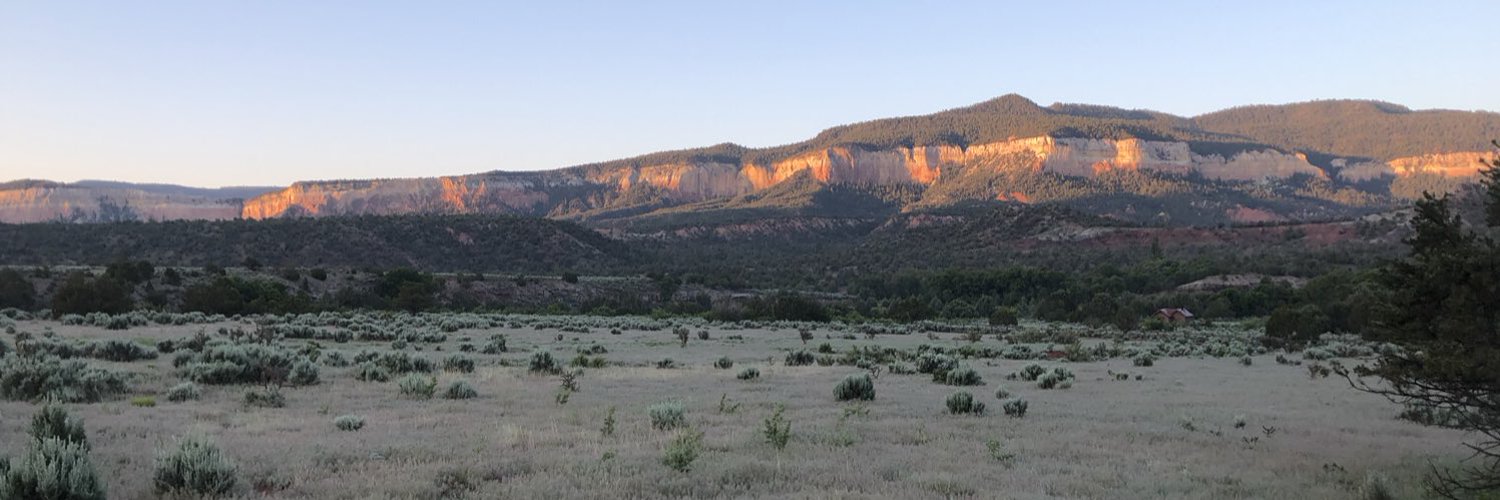At last Friday’s 26th Annual New Mexico Appellate Practice Institute, Justice Richard Bosson and Joey Moya, Clerk of the Court, gave an informative presentation on practice before the New Mexico Supreme Court.
Here are some of the useful bits of information that they shared:
–Over the past 13 years, the Court has granted about 20% of petitions for writ of certiorari, but over the past 5 years, that rate has gone down to 10-15%.
–When a new justice arrives at the Court, there is usually a spike in the number of petitions that are granted.
–For a writ of certiorari to be granted, two votes are required. When one justice is interested in taking a case, he or she usually must work hard to persuade a colleague to provide a second vote.
–Justices may only spend ten minutes or so reviewing your petition for certiorari. Make the first 2-3 pages of your petition count!
–Don’t write a petition for certiorari while angry.
–Justice Bosson: “There is no law that says you have to be dull.”
–In the petition, point out how your case involves issues that have broad implications beyond your case.
–New Mexico has underdeveloped case law in a lot of areas, and the justices would like to develop it further. The Court is therefore especially interested in taking cases that involve: state constitutional issues, water law, oil and gas law, mining law, contracts, or the Uniform Commercial Code.
–The Supreme Court consciously tries hard to write unanimous opinions. If one or two justices don’t like an opinion, there is a tendency for them to “bite their tongues” and join the opinion for the sake of unanimity.
–There are few dissents or concurring opinions at the Supreme Court. Justice Bosson mentioned his concurring opinion in Elane Photography, which attracted a lot of attention and criticism. He said it was a very difficult case for him, and that he wrestled for weeks about where to come down.
–The Supreme Court often quashes writs of certiorari after full briefing and oral argument (much to the dismay of petitioners, and the instant elation of respondents). The reasons for this are complicated, but often this happens in cases where only one justice was in favor of granting certiorari, and where another justice has provided the second vote to grant certiorari as a “charitable vote” or because that justice was interested in learning more about the case.
–The Supreme Court has about a 60% reversal rate over the last 10 years. The Court affirms about 27% of the time, and the remaining cases are mixed results. (These figures are for cases which survive being quashed).
–The Supreme Court often grants certiorari when it thinks the Court of Appeals got it wrong, or when it thinks the case is a good vehicle for developing New Mexico’s jurisprudence.
–The Supreme Court has great respect for the judges on the Court of Appeals and their work. Nevertheless, it remains true that certain judges on the Court of Appeals are reversed more than others.
–80% of the opinions issued in recent years are published, precedential opinions. About ten years ago the rate was only 60%.
–After a case is submitted, oral argument will usually be scheduled within the next 30 to 90 days.
–If you know you have an upcoming trial, or an upcoming vacation, you should file a notice of unavailability. The Court does its best to accommodate timely-filed notices, but if you wait till after oral argument is scheduled, and then ask to move the date, the request is likely to be denied.
–At oral argument, the justices have already read your briefs. There’s no need to belabor the facts.
–Some justices love hypothetical questions. They are used to challenge the limits of the principle or rule that you’re proposing.
